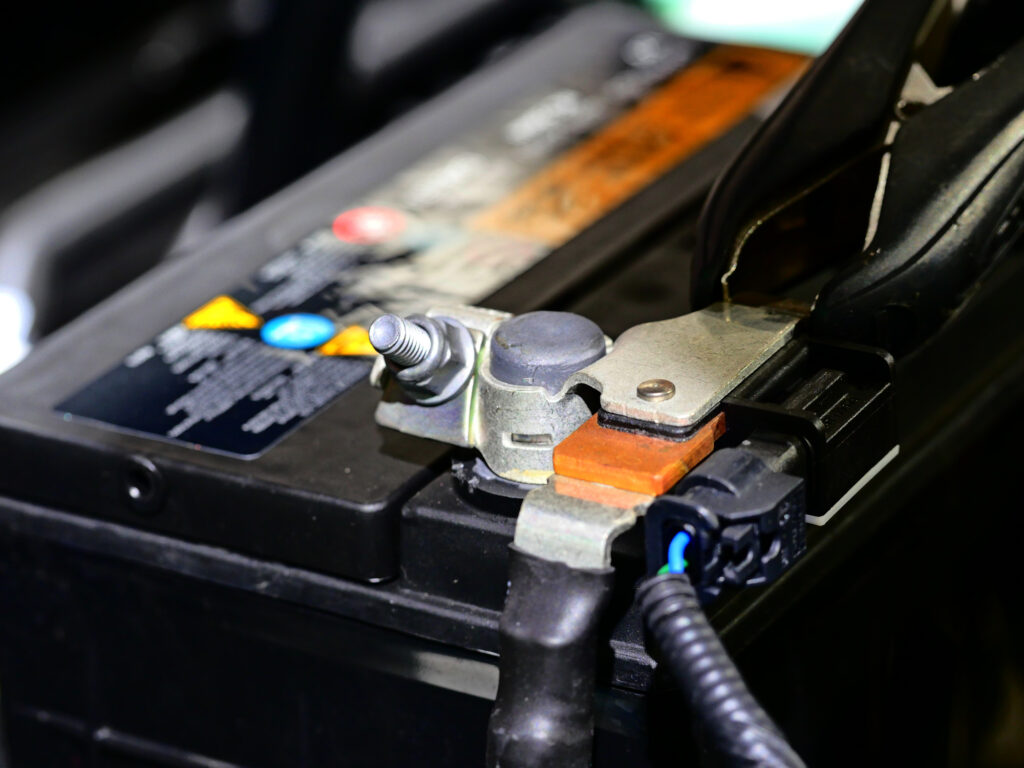Your truck batteries may have life left in them
Batteries can be confusing to deal with, but there are sure-fire ways to determine if there’s still any life left in them.
There’s a certain amount of alchemy at play when dealing with automotive batteries. Even fleet managers with years of experience aren’t always sure if they’re dealing with a battery that needs to be thrown into the junk pile, or one that can be resurrected and keep on delivering dependable service.

At the Technology and Maintenance Council’s fall meeting, a panel of battery experts attempted to demystify batteries and gave some helpful pointers for keeping them in service as long as possible before replacement.
Jeff Muir, director – original equipment sales at East Penn. Manufacturing, noted that demands on batteries are only increasing today, as drivers add more amenities such as crock pots, TVs and game consoles in their sleepers. “And that’s on the ‘hoteling’ side of things,” Muir said. “There are also more operational demands on batteries today, such as telematics and over-the-air updates. So keeping batteries in top condition is more important then ever.”
John Cathey, field sales support manager – original equipment at East Penn. Manufacturing, said that he tells technicians to think of batteries like the fuel tank on a truck: Just because the tank is empty, it doesn’t mean there’s something wrong with the tank. “If you test a battery and get a reading above 10.9 volts, it’s a good sign you don’t have a dead cell on your hands and you can recharge it. But most technicians don’t understand what has happened when there’s a battery discharge. And if it’s taking a long time to recharge a battery, they just assume it’s dead and replace it.”
It’s also important to remember that batteries do not like extreme temperatures, Muir noted. Even an increase of 20 degrees F can cause battery life to decrease significantly. But, he added, the best course of action for fleets is to always recharge batteries to a full state charge after a discharge. “If a key or lights are left on, it’s not the batteries fault,” he said. “And it takes time for a battery to recharge after a discharge like that. Don’t let batteries sit long in a low state of charge because its ability to take and maintain a charge will degrade significantly over time.”
Another important point the panelists drove home was the fact that many fleets do not regularly check and calibrate their battery diagnostic tools to make sure they’re getting accurate readings. They recommend doing so at least once a year. One easy way to do so, Muir said, was to take multiple readings when a pallet of new batteries arrives, and check to see if the readings are consistent.
“There are two clocks ticking when you buy a battery,” Muir said. “Cycles and the calendar. You can eventually use a battery up, or it will die of old age. But how long it lasts depends on how well you maintain it during its service life.”
Have your say
This is a moderated forum. Comments will no longer be published unless they are accompanied by a first and last name and a verifiable email address. (Today's Trucking will not publish or share the email address.) Profane language and content deemed to be libelous, racist, or threatening in nature will not be published under any circumstances.